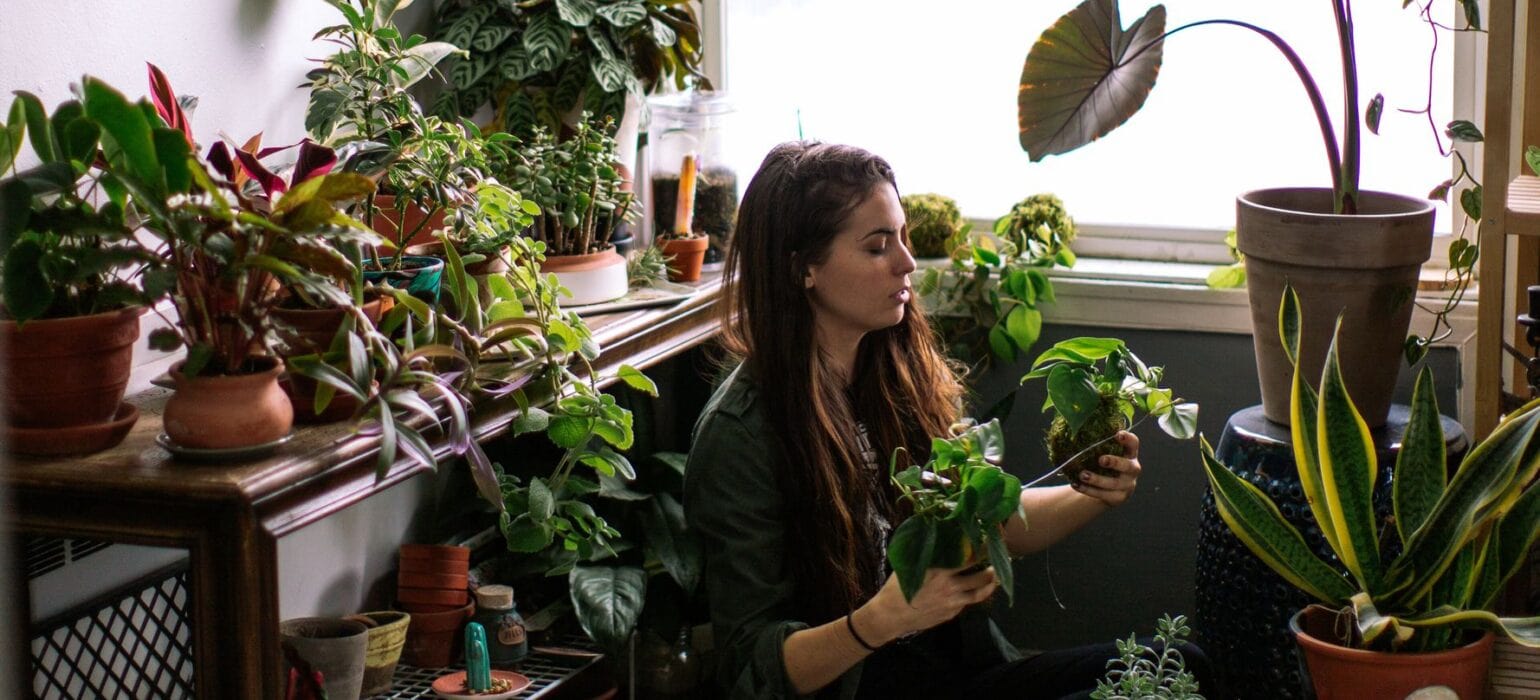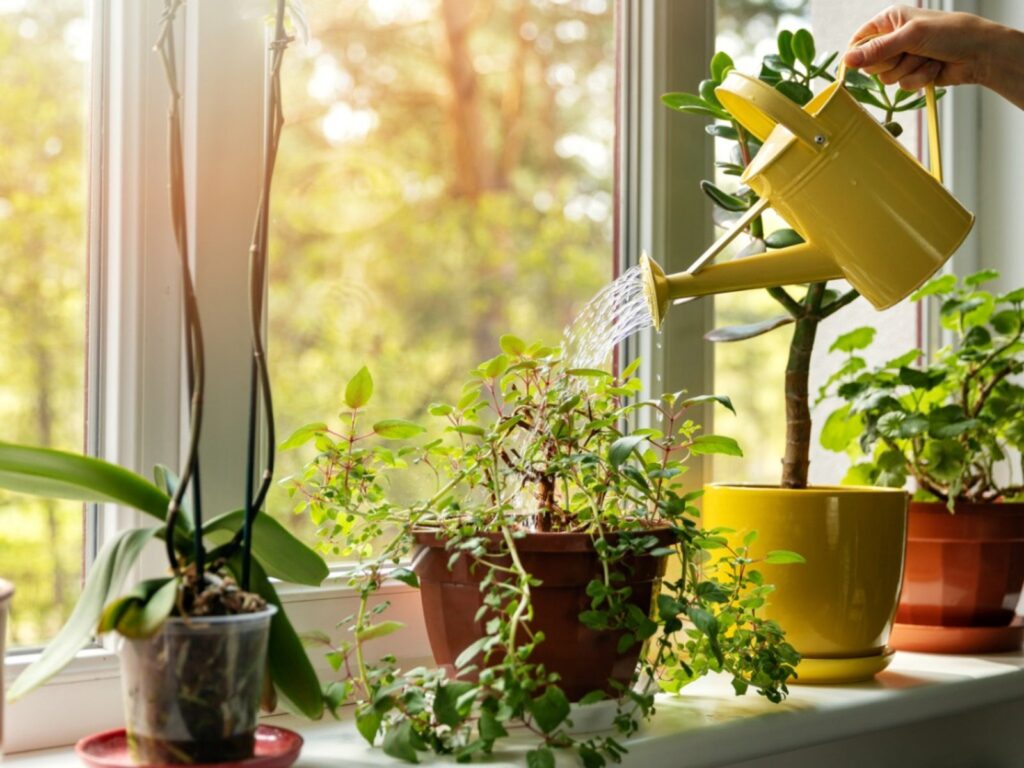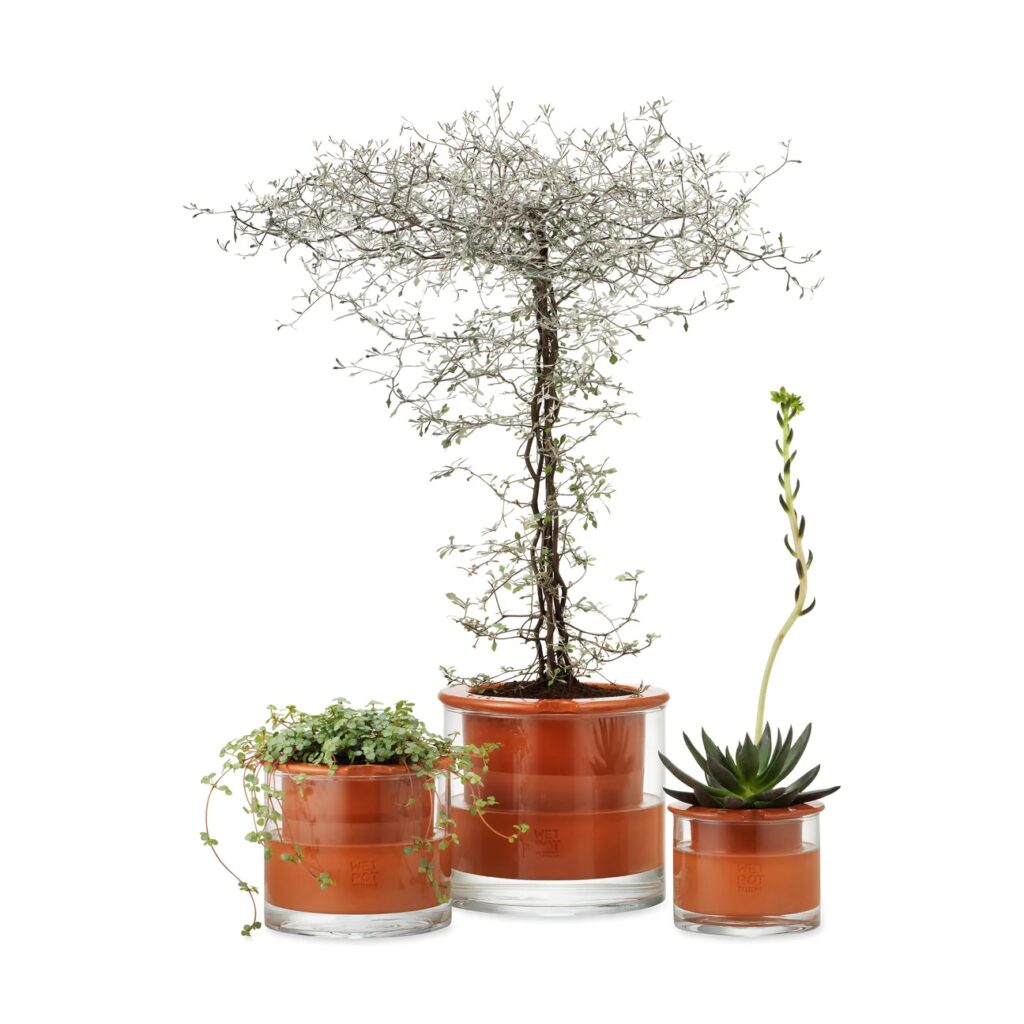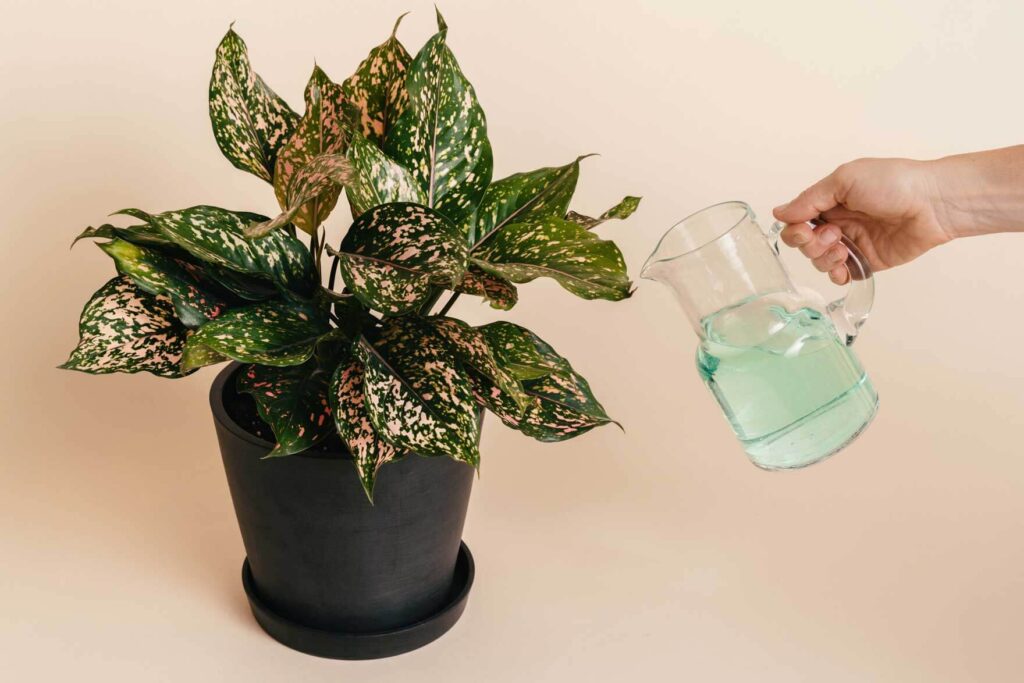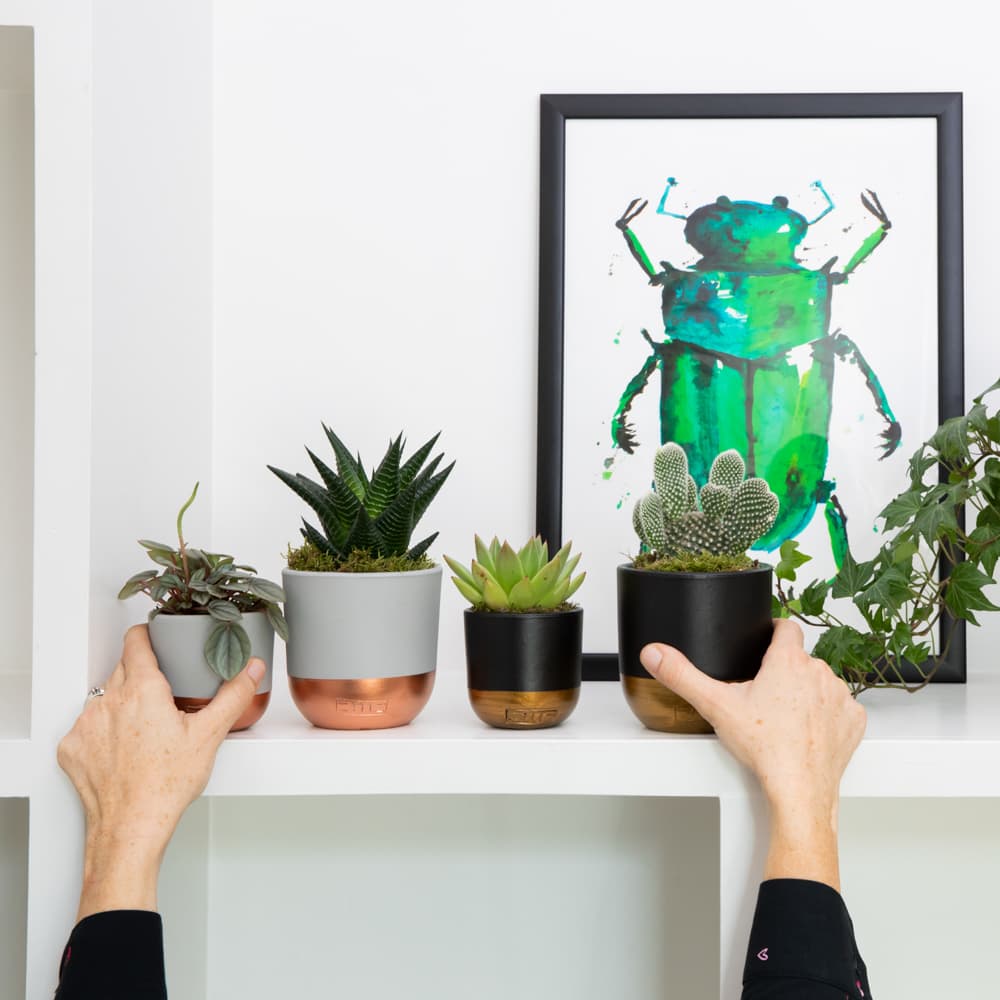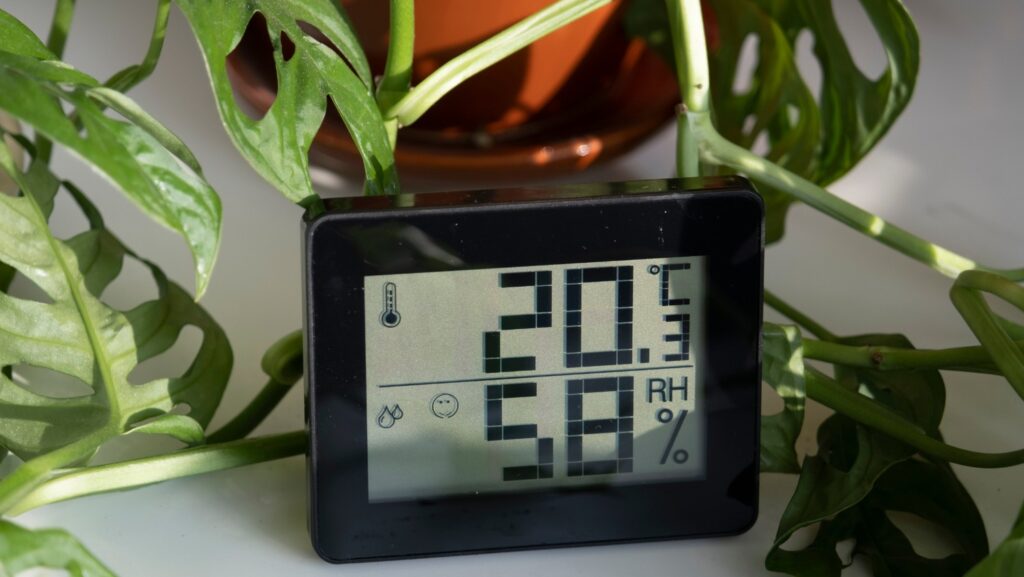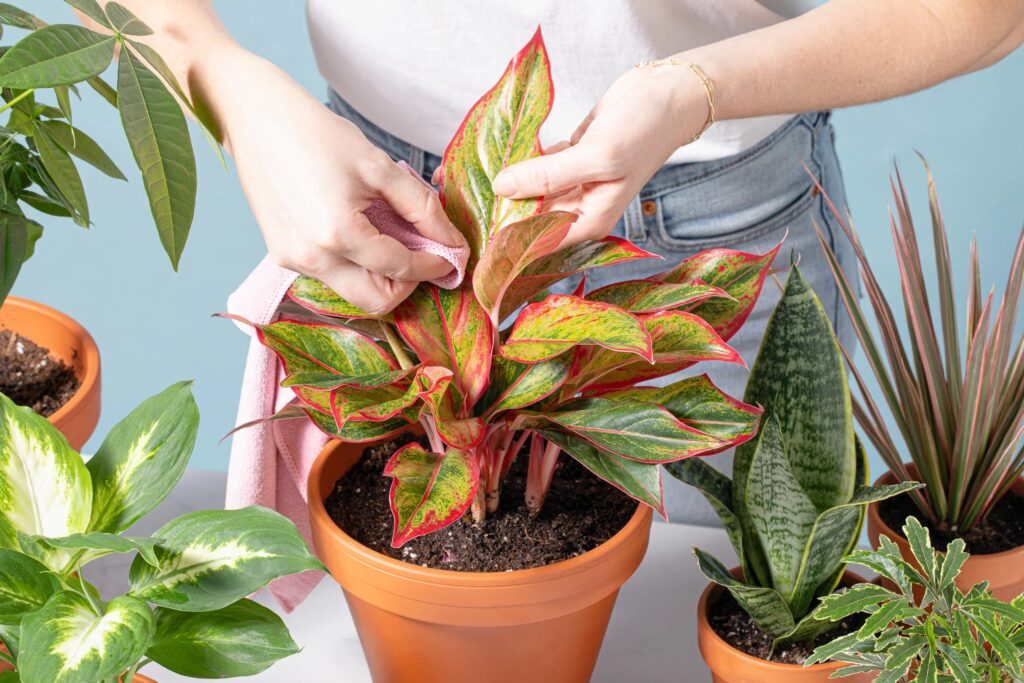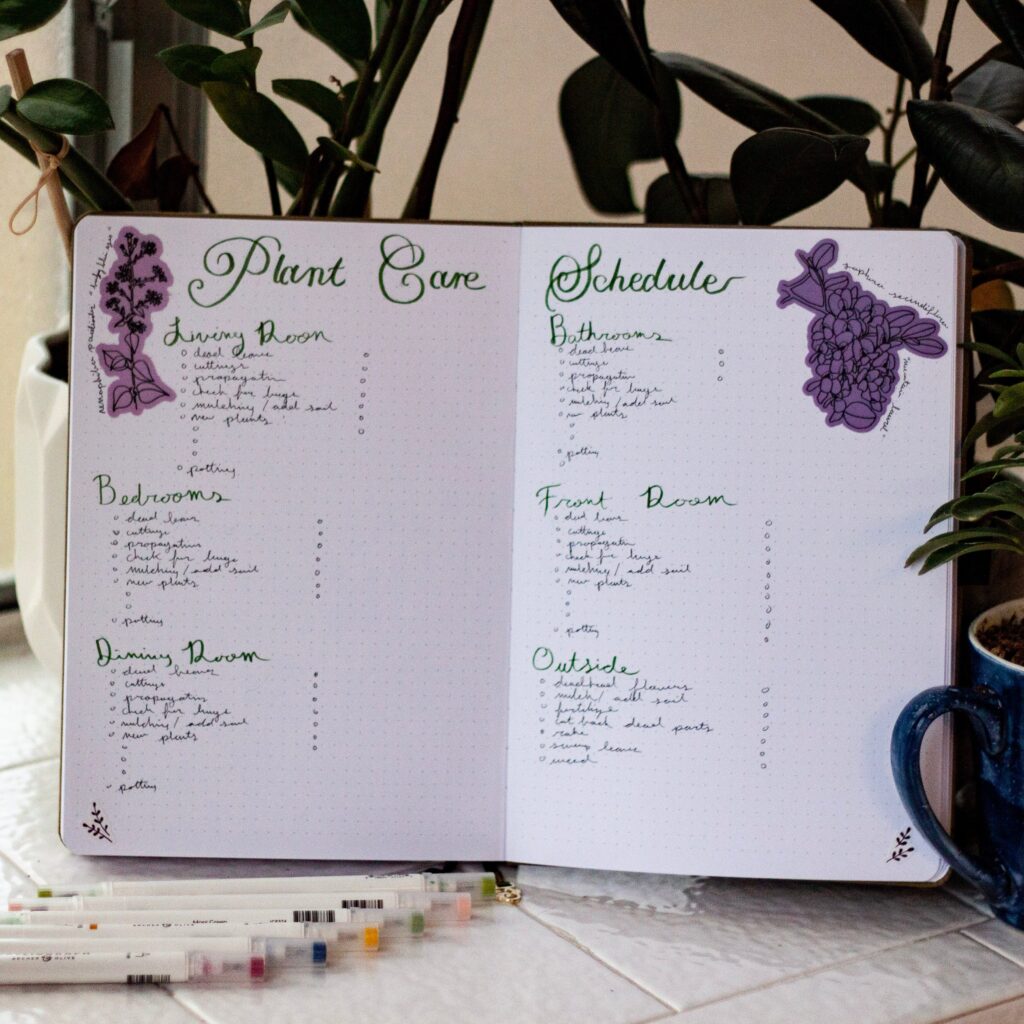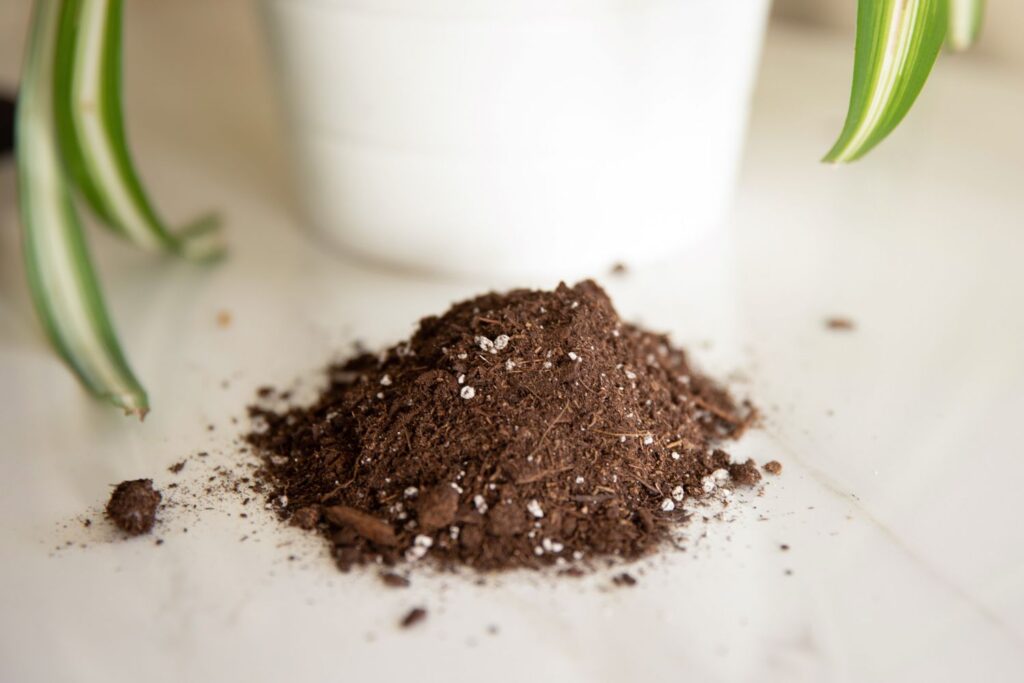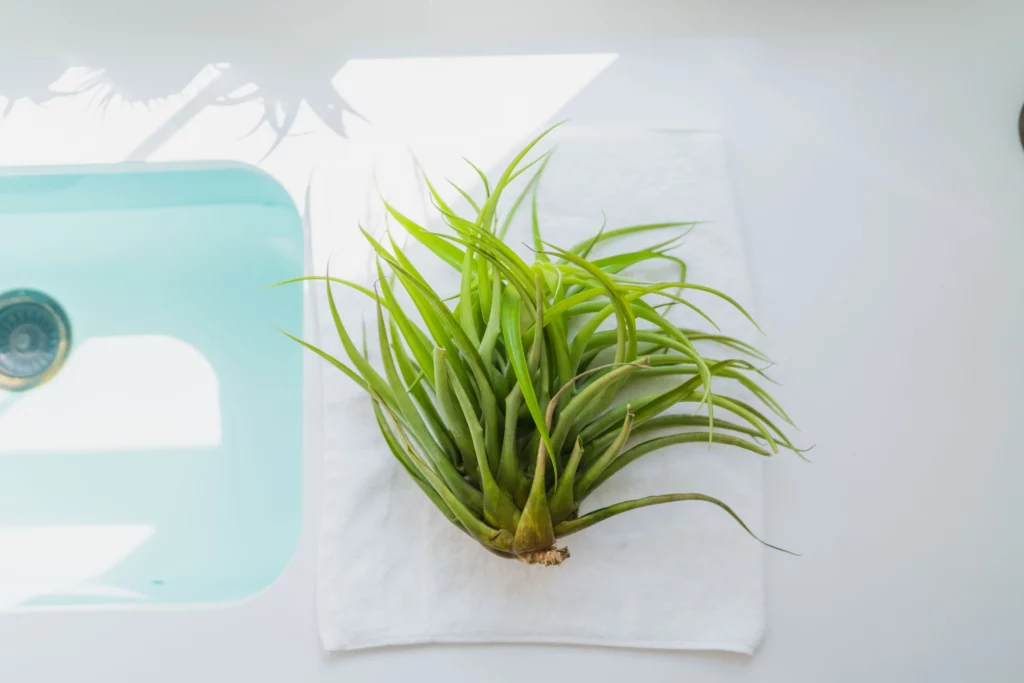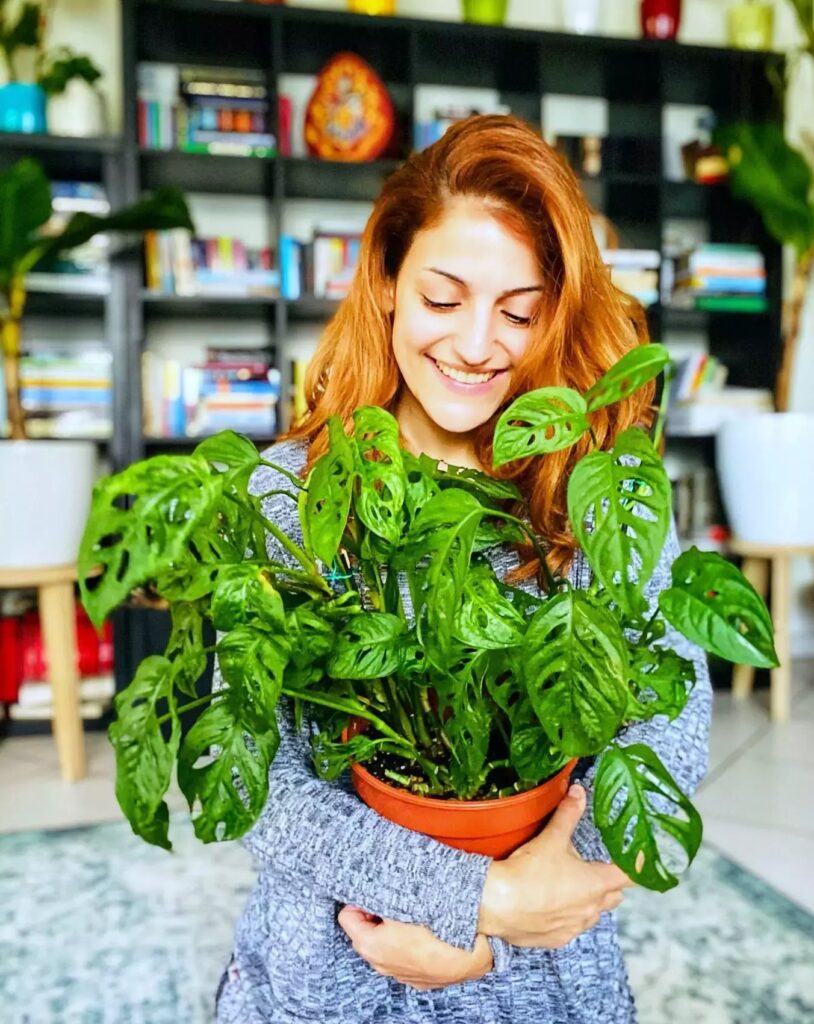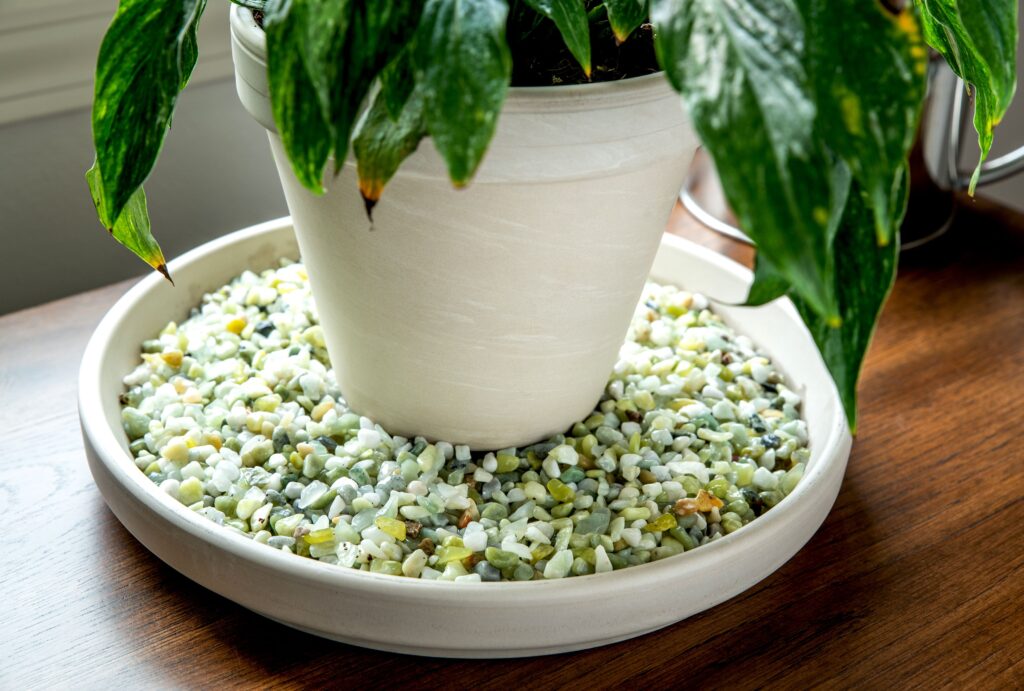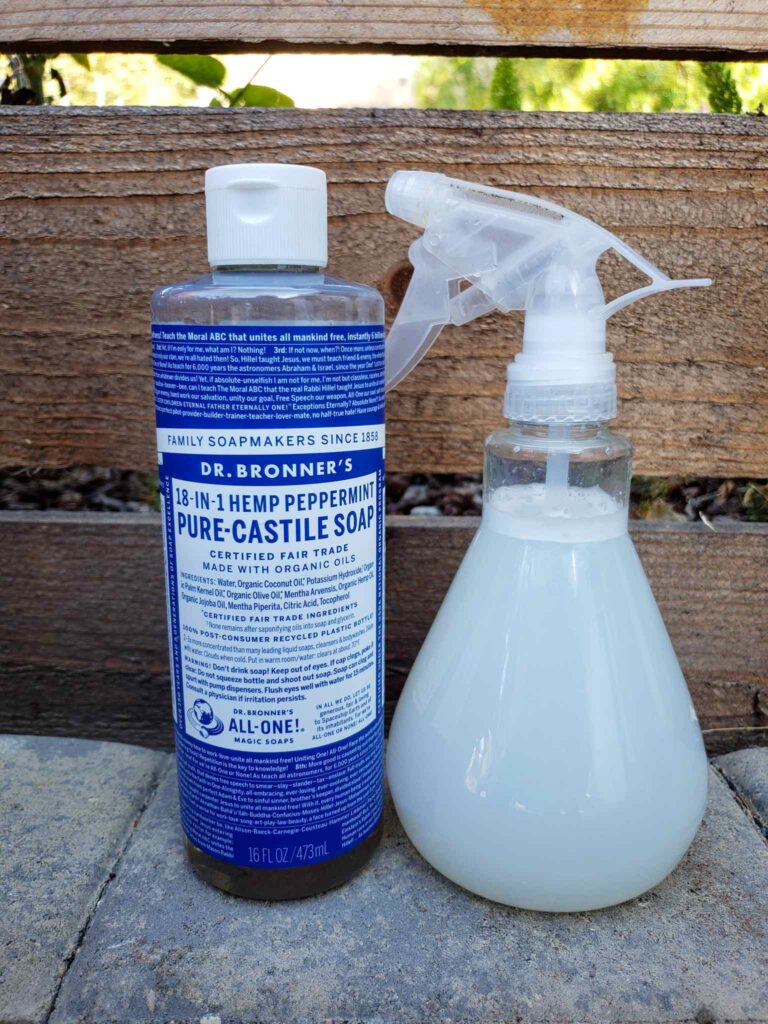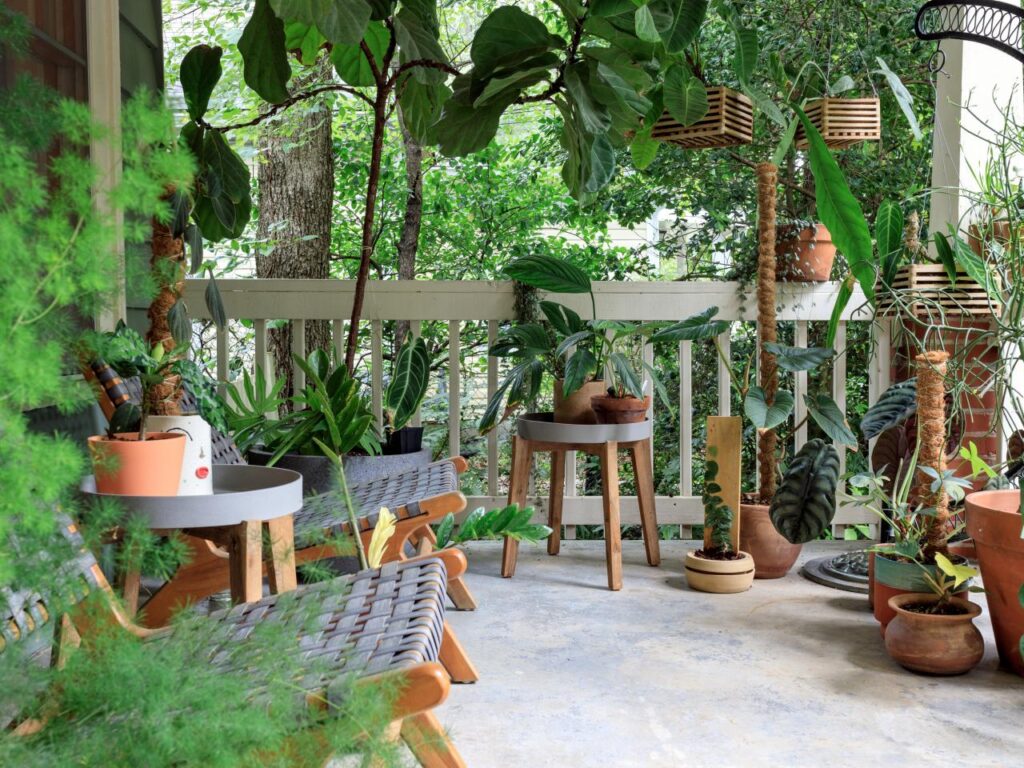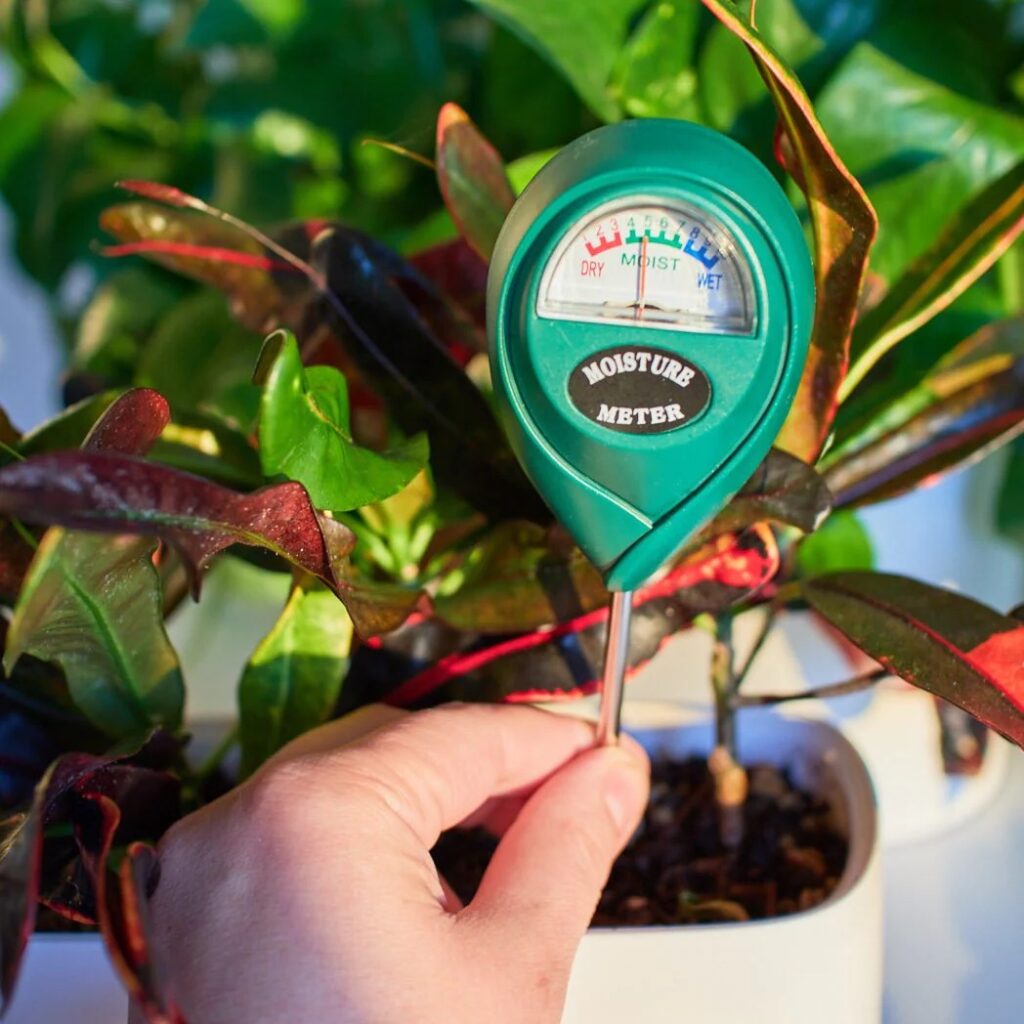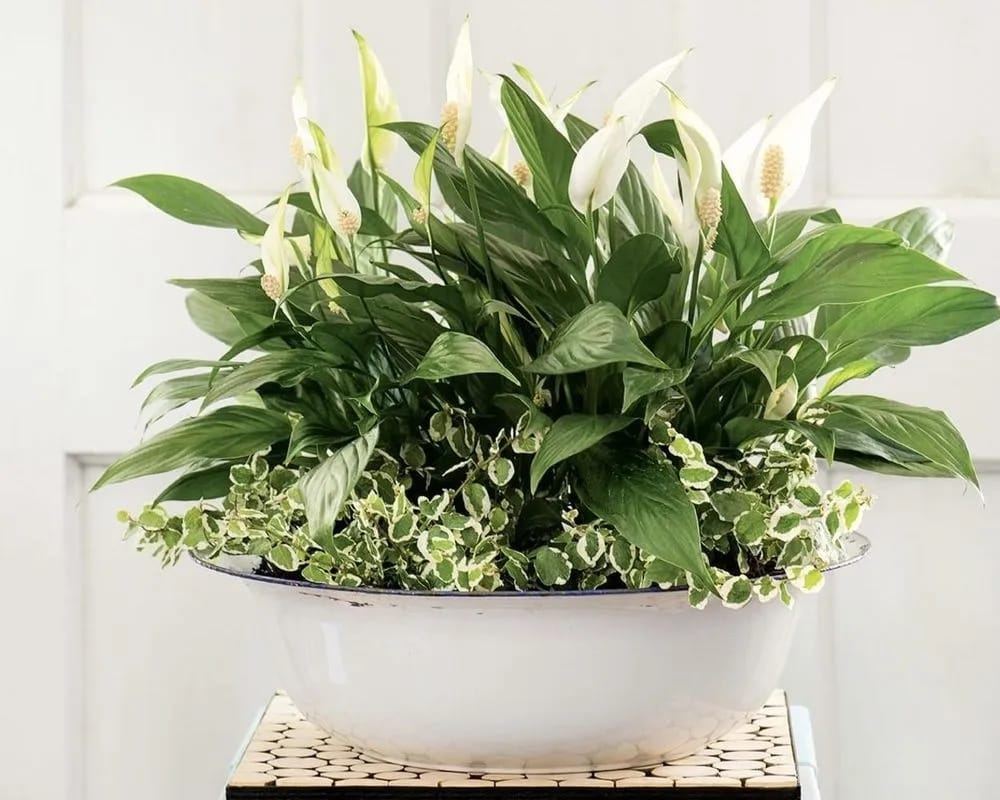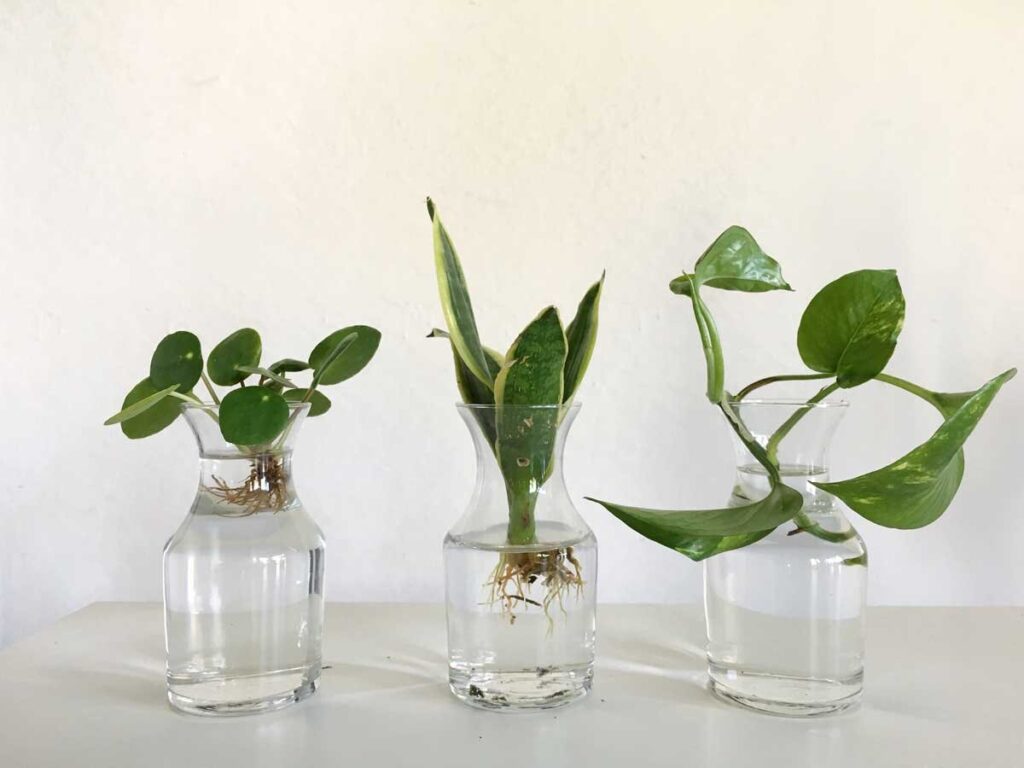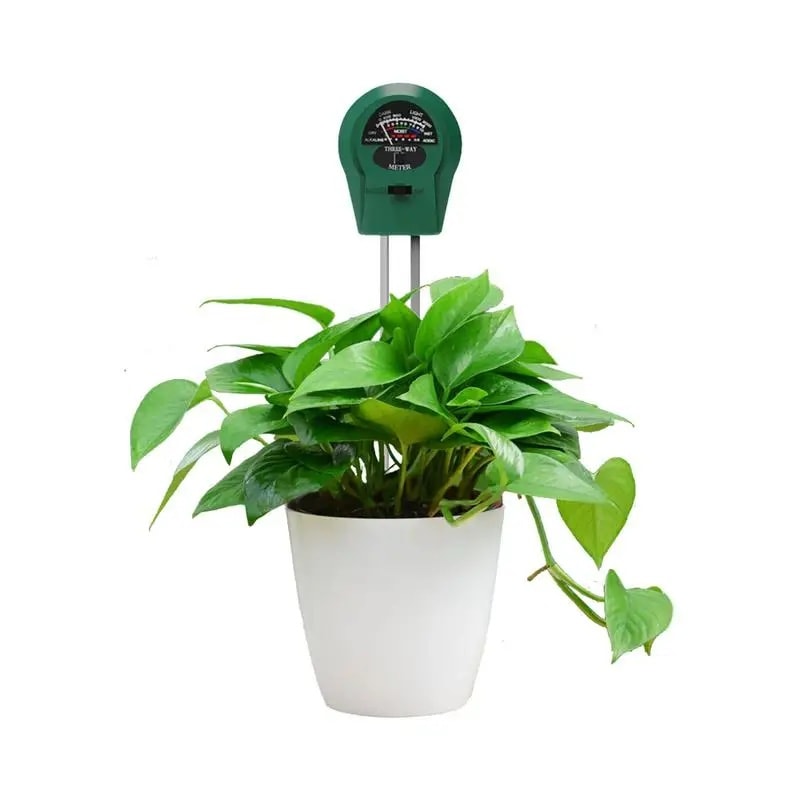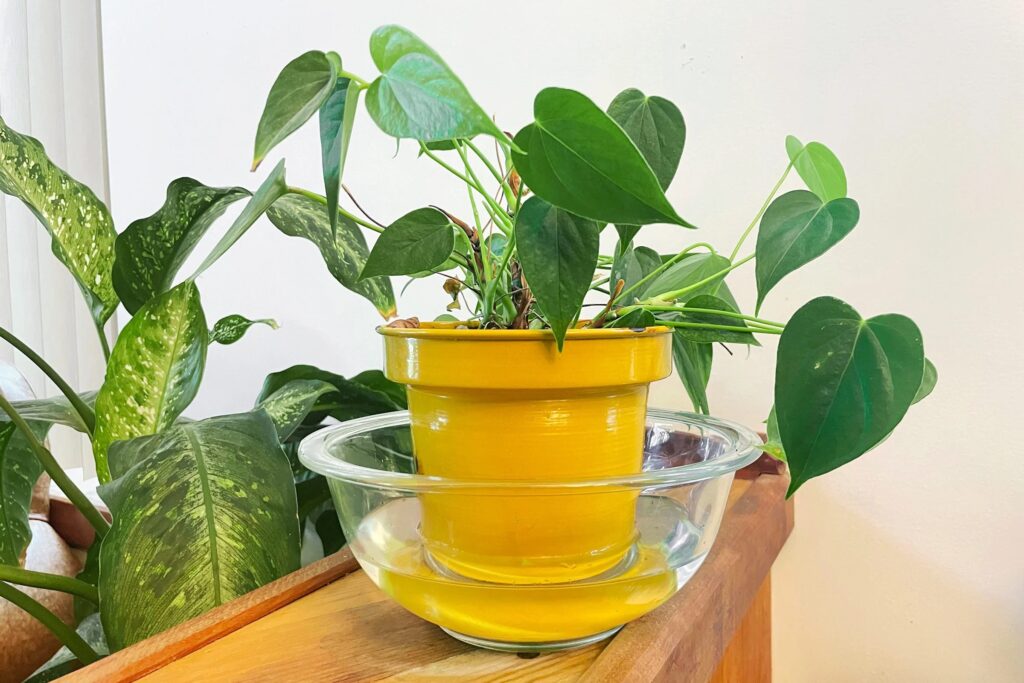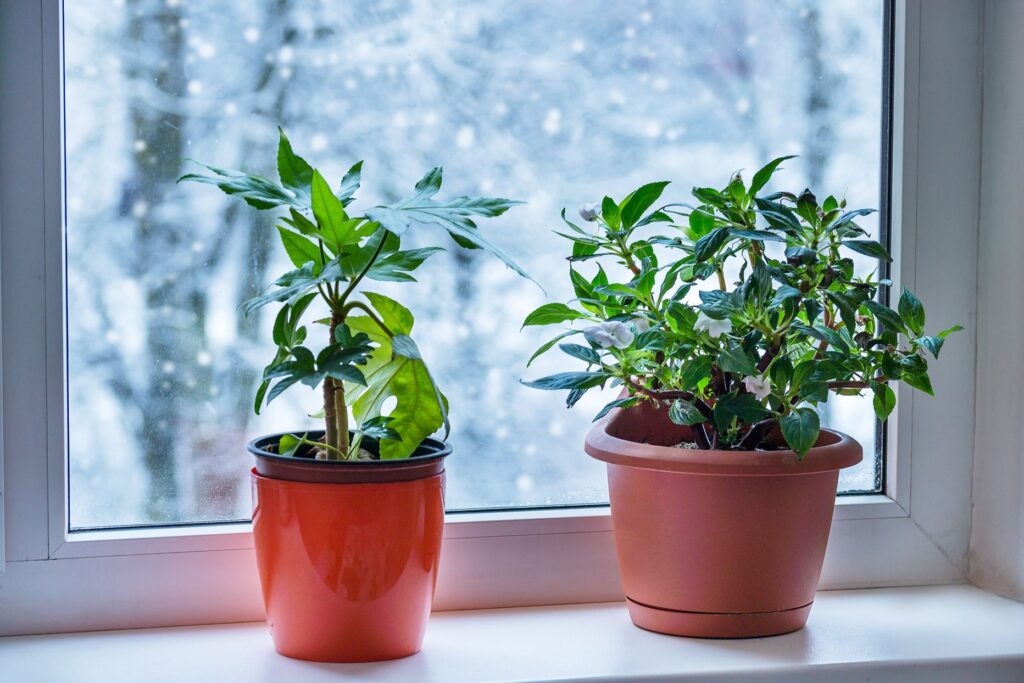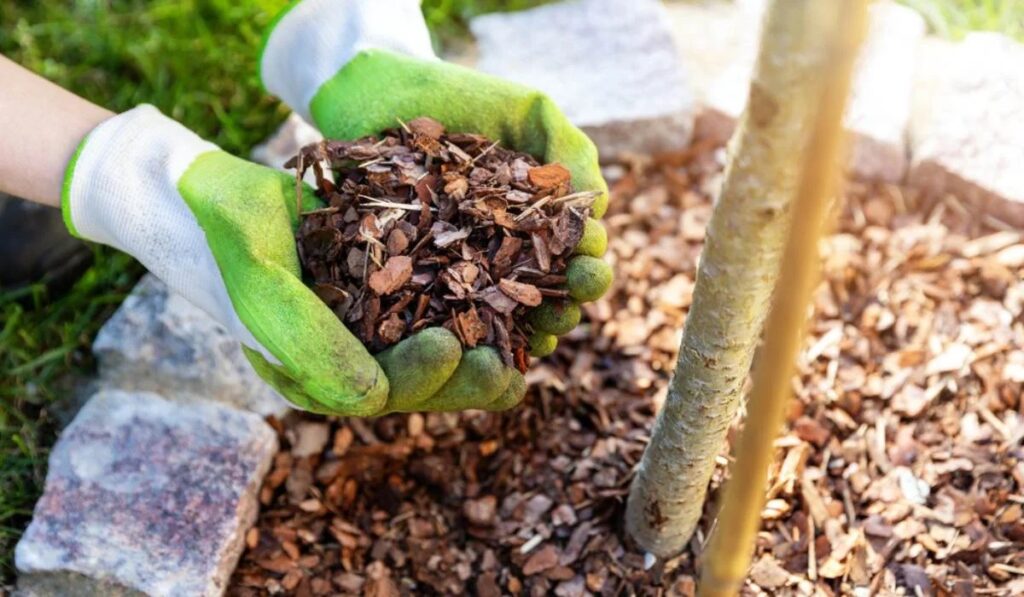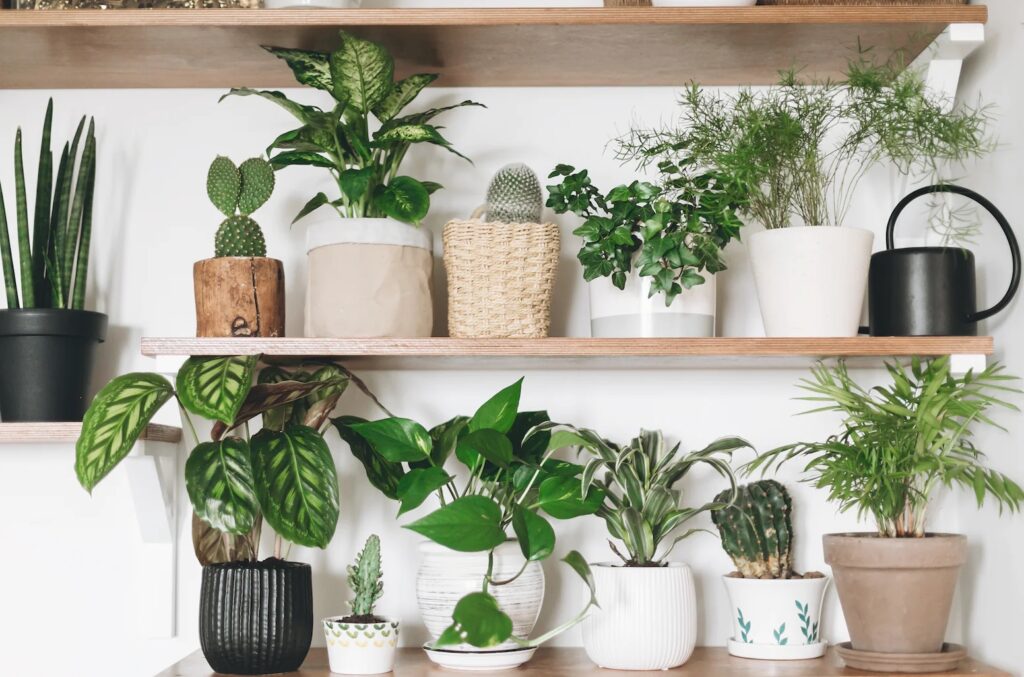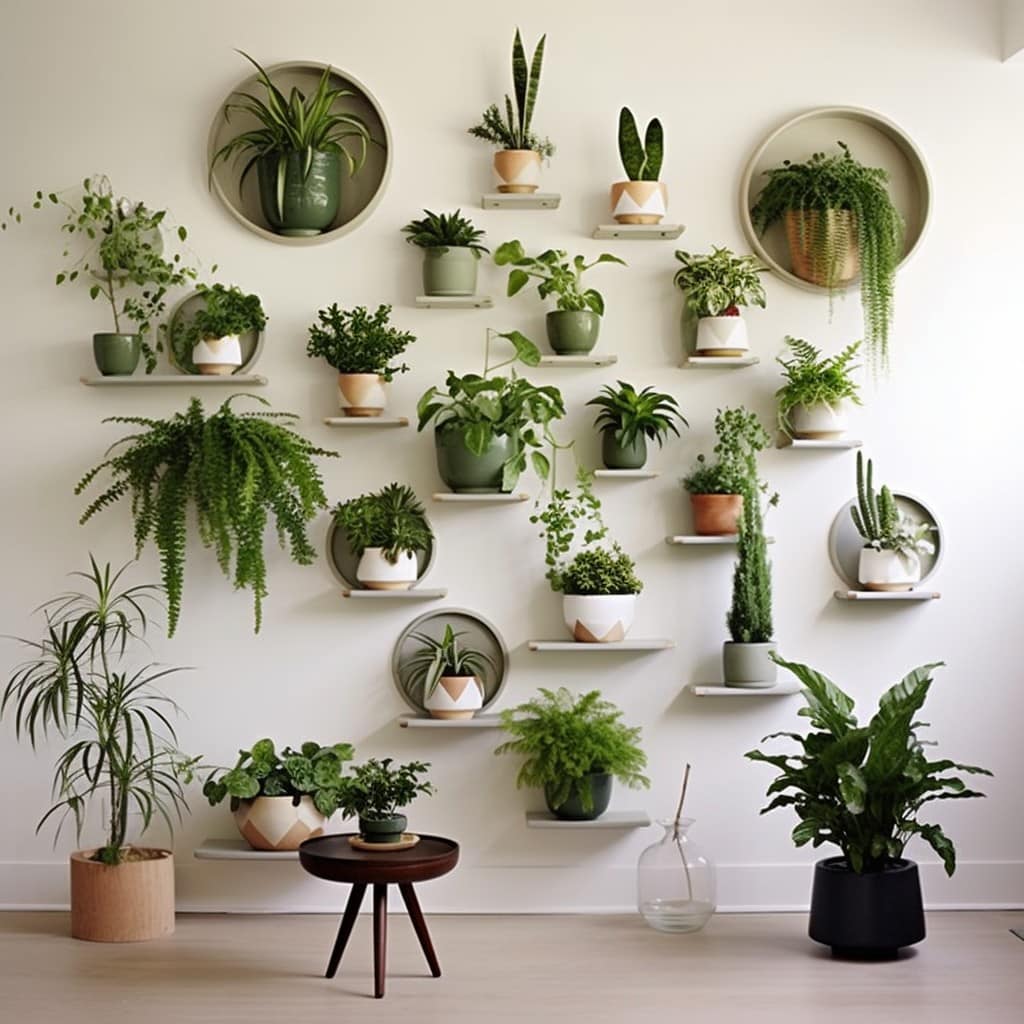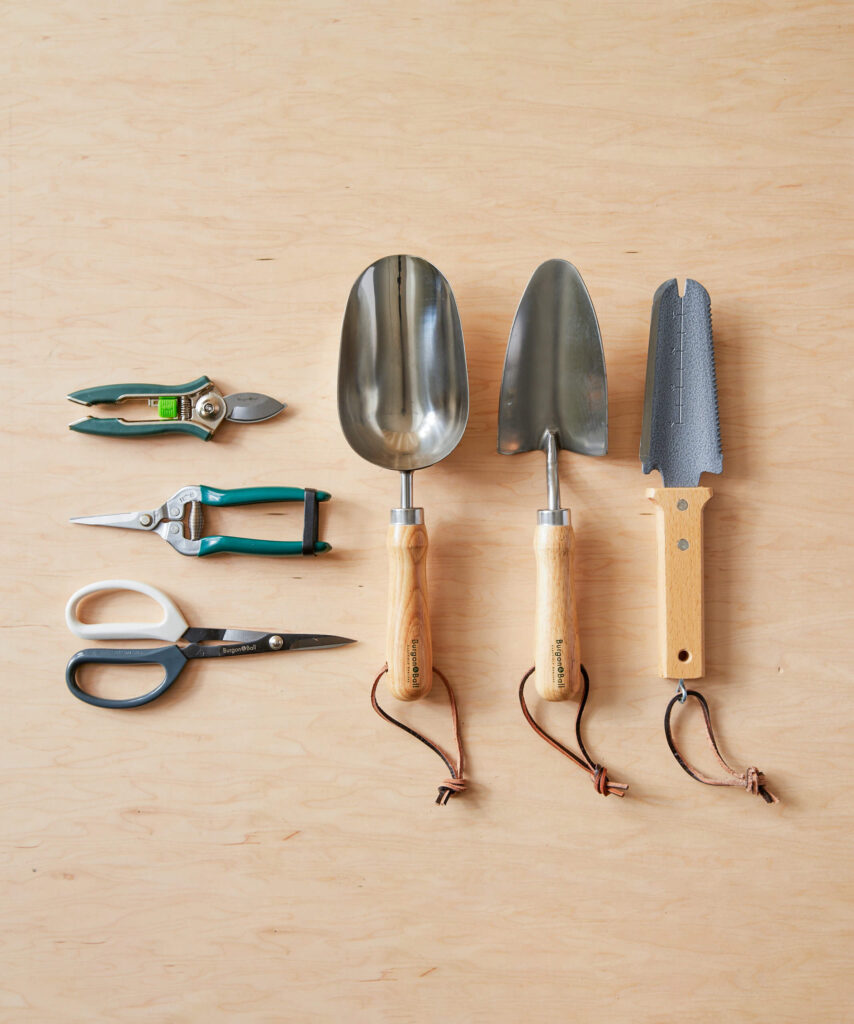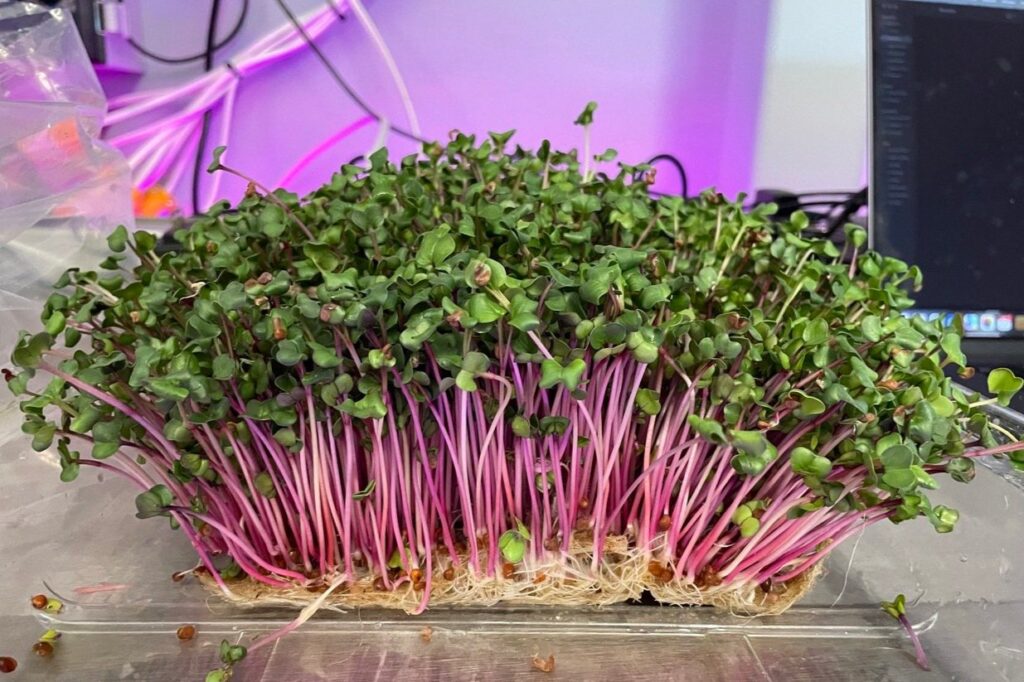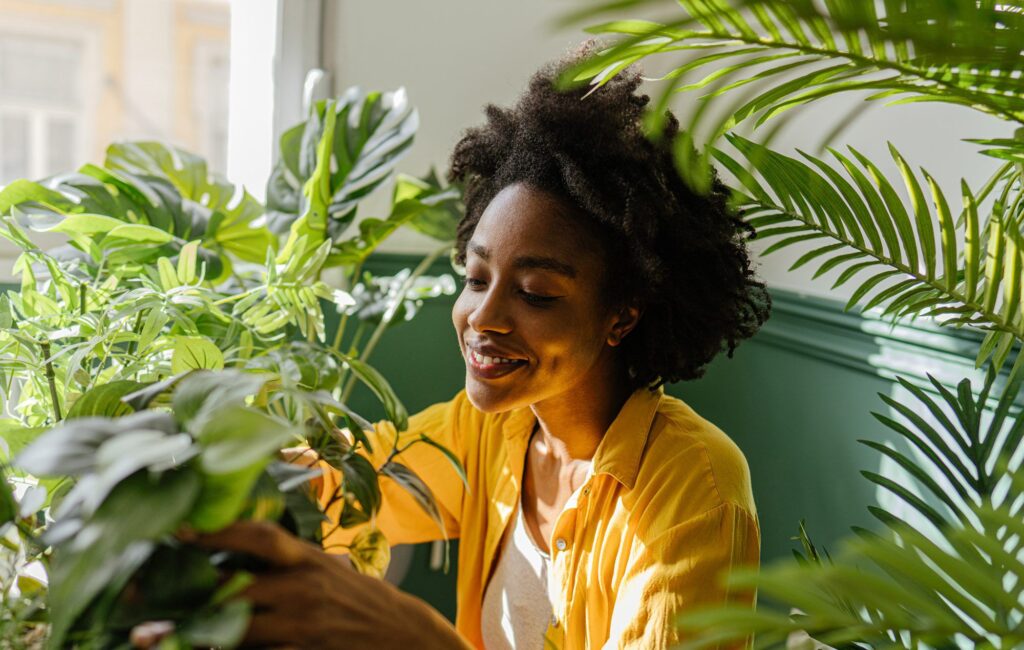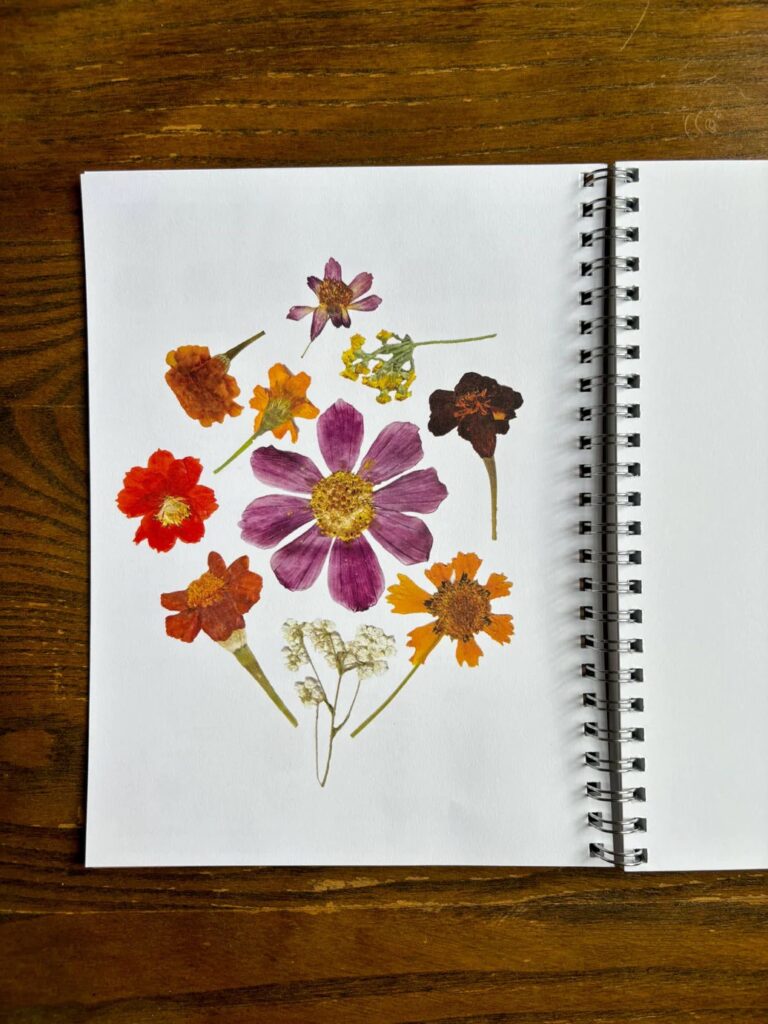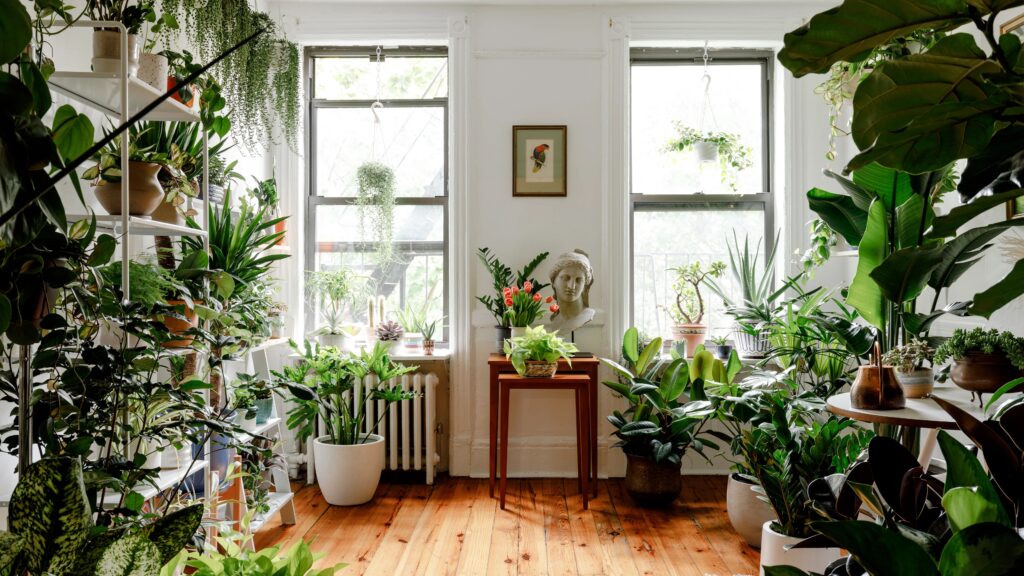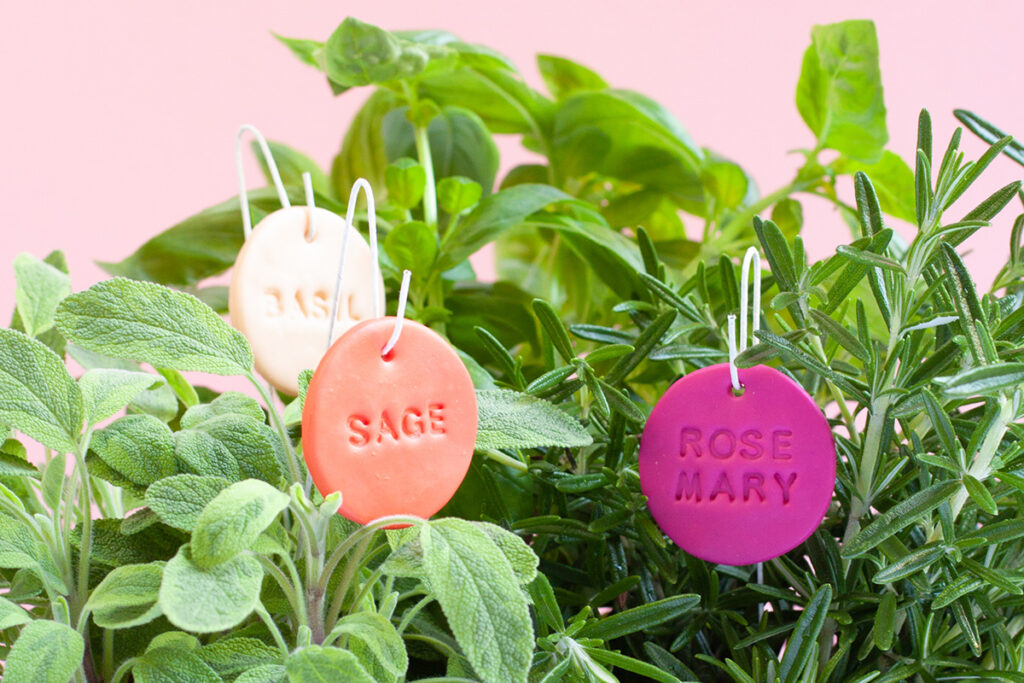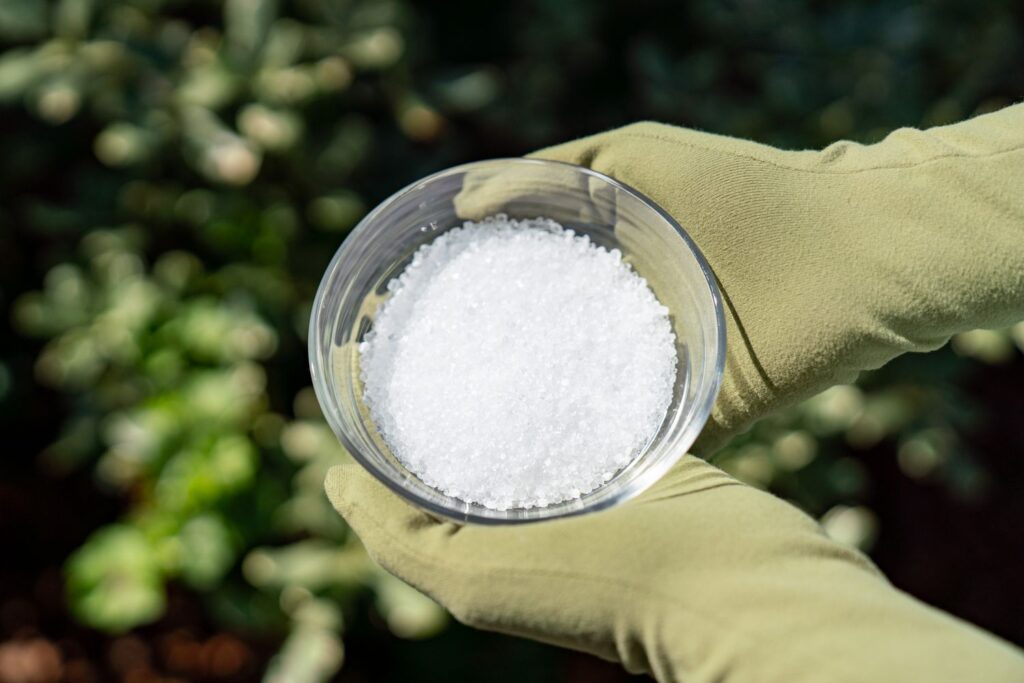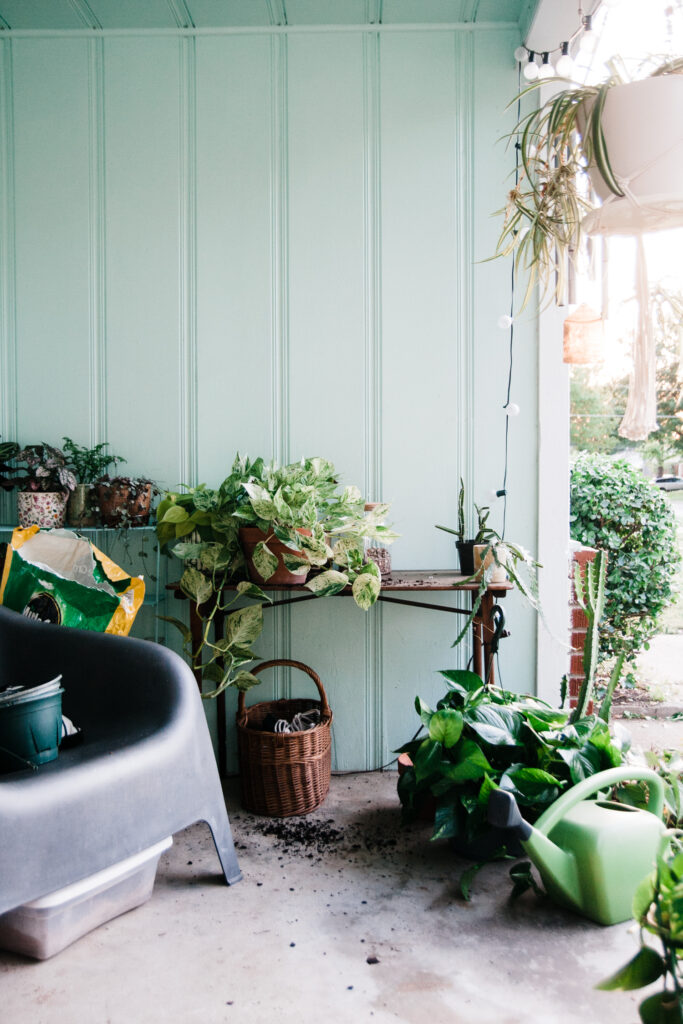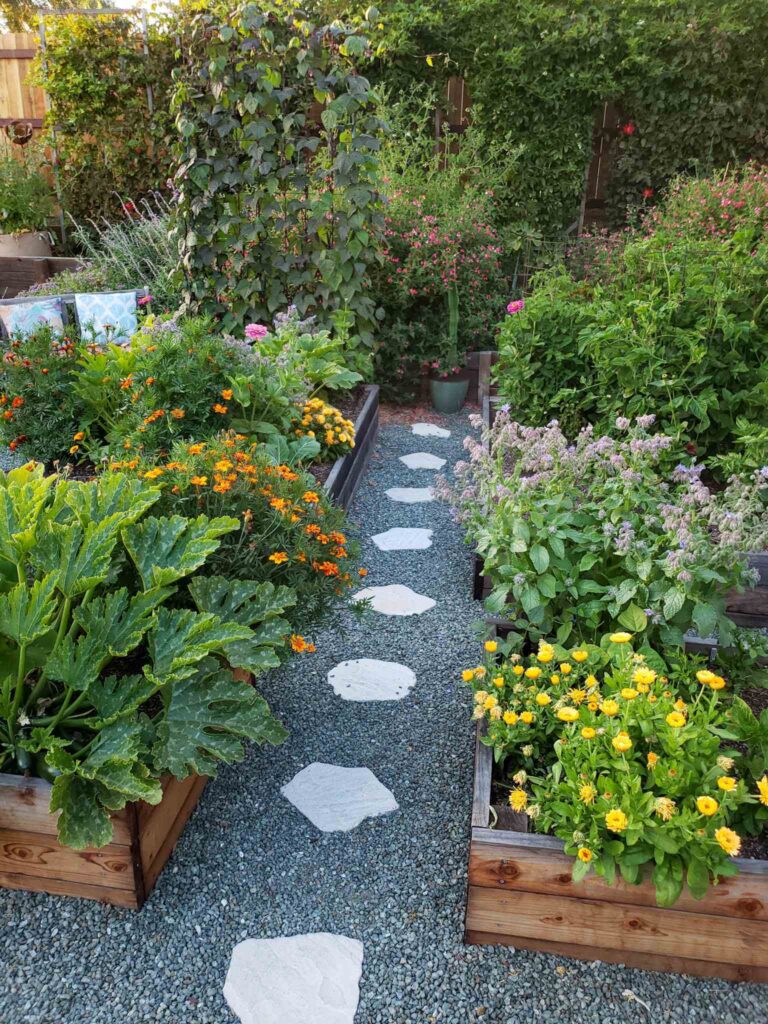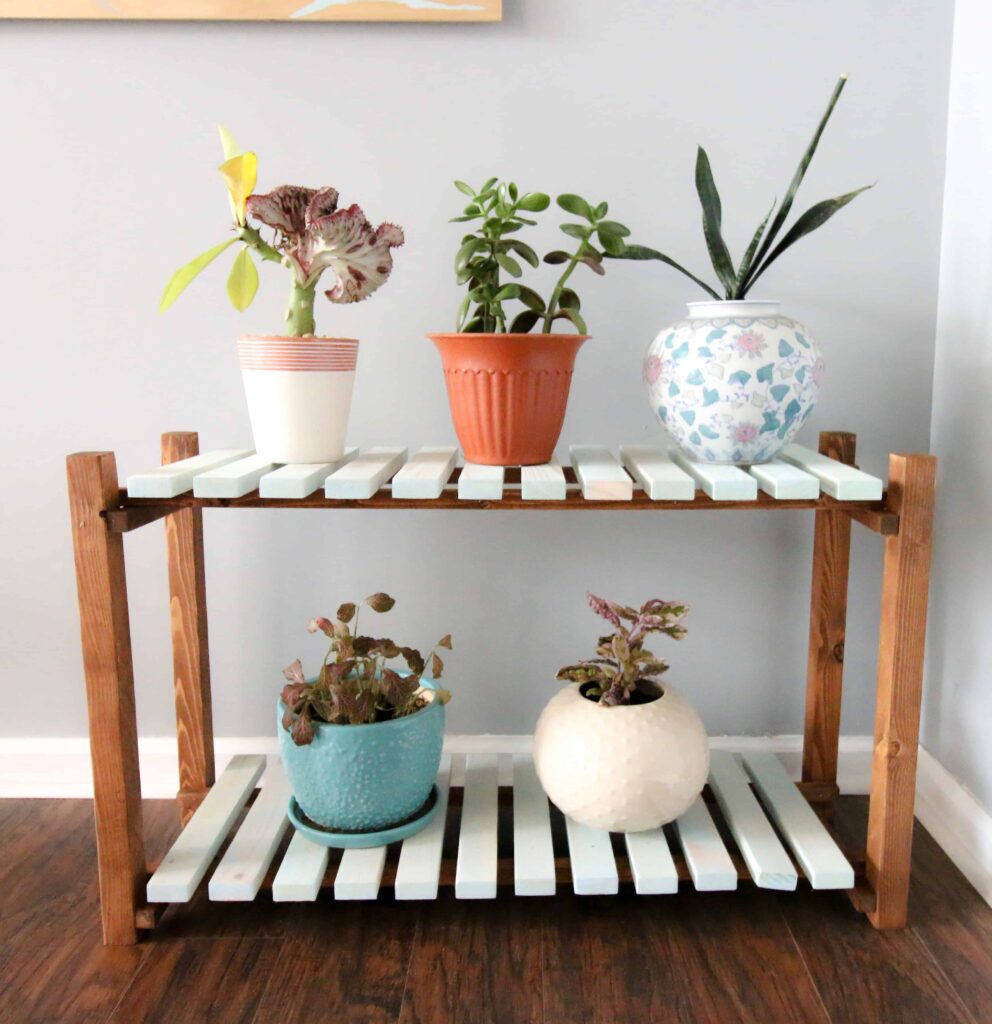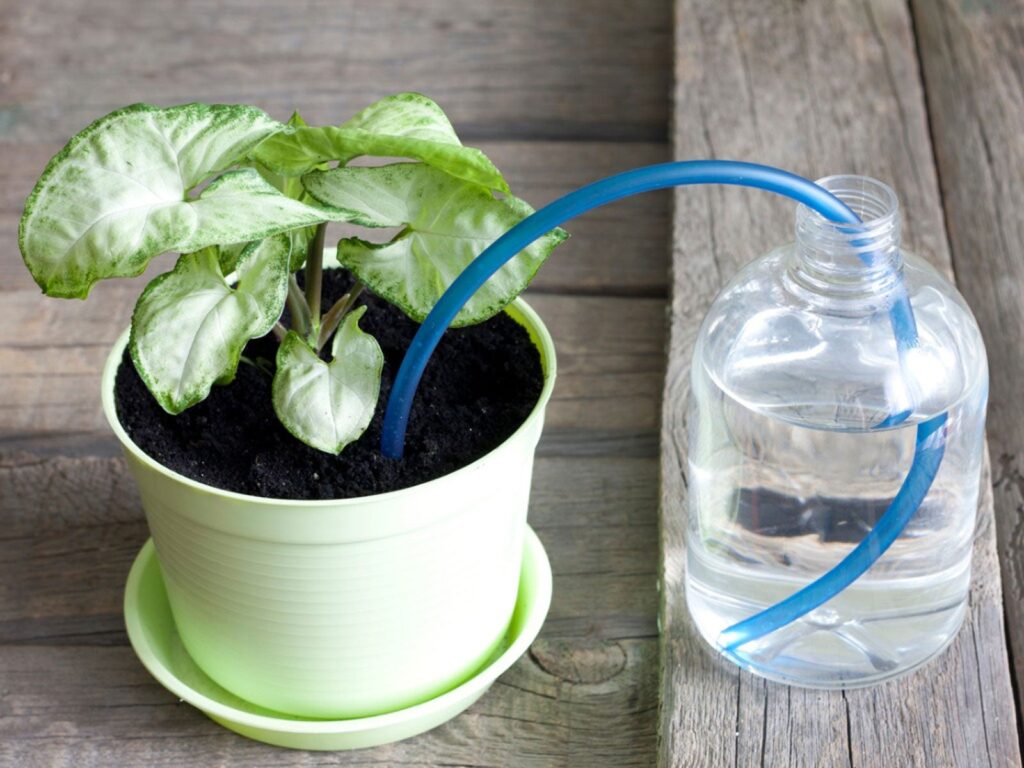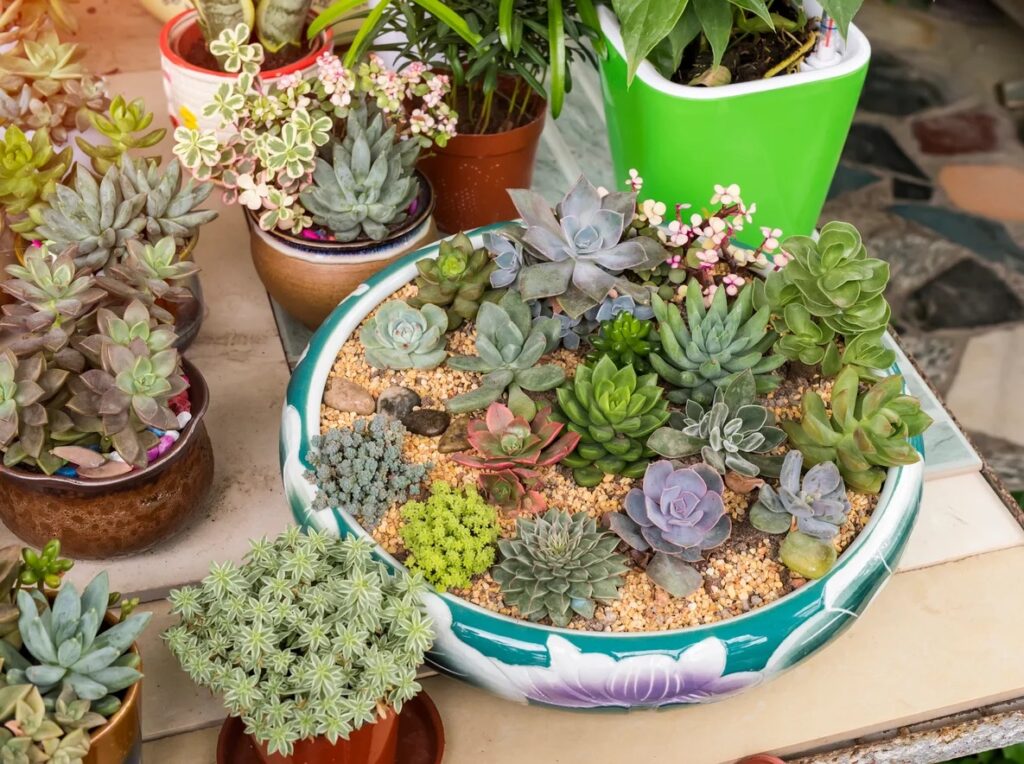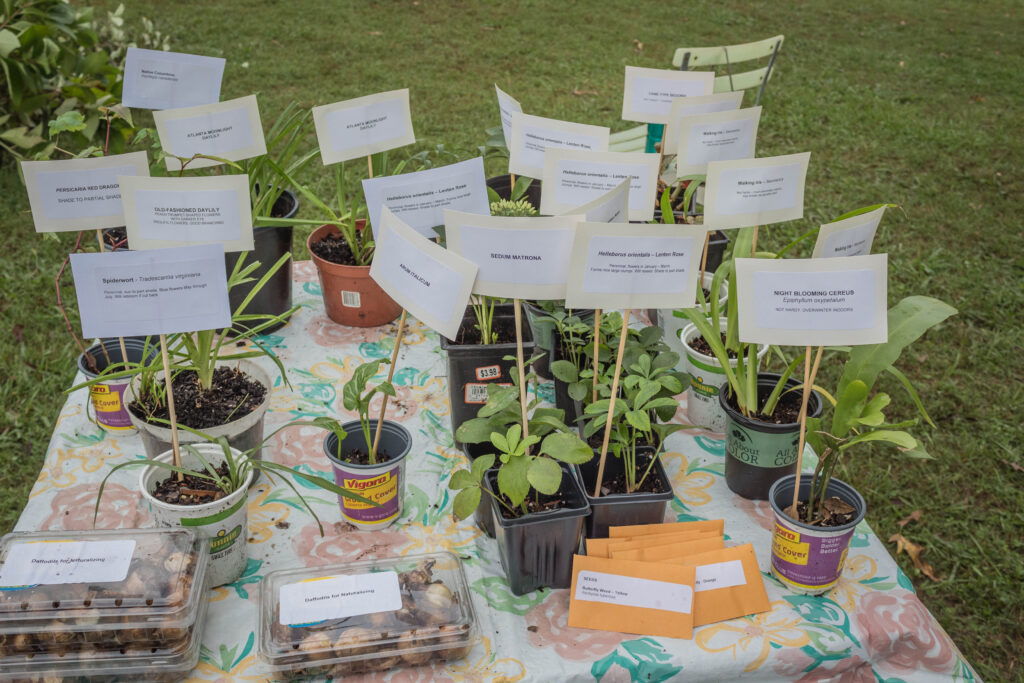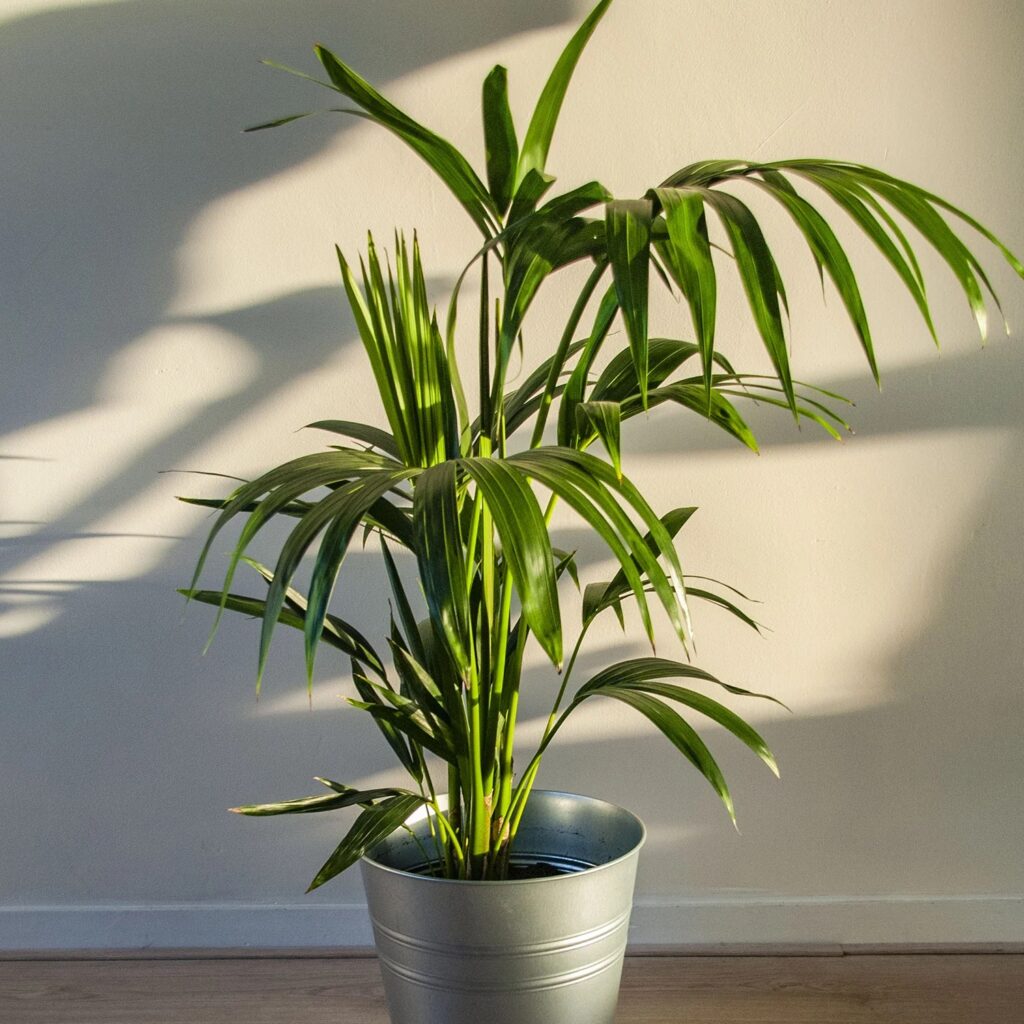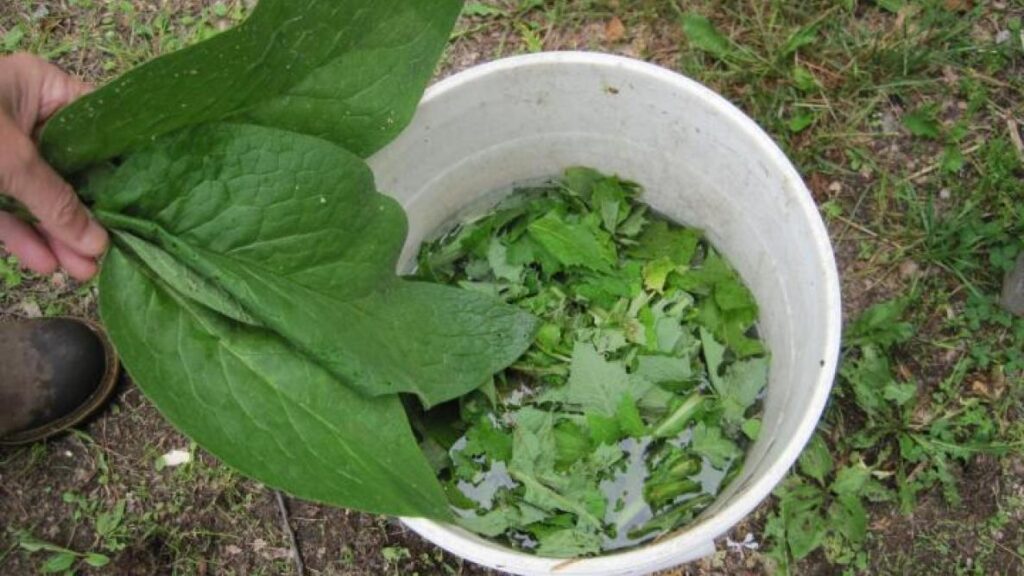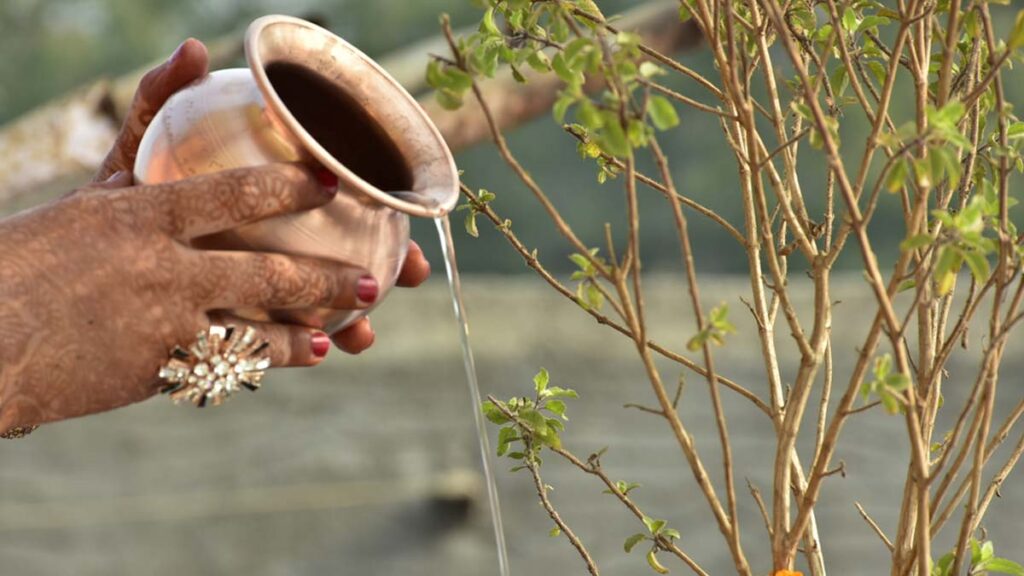Wading into the world of indoor gardening can be a rewarding endeavor for anyone, even those who believe they possess the blackest of thumbs. Contrary to the misconception that plant care is reserved for the naturally talented plant enthusiasts, this article is here to offer a guiding light for individuals seeking to nurture thriving houseplants with ease. From mindful watering techniques to creative displays and innovative plant care strategies, we’ll explore a comprehensive set of tips tailored for those who may feel less confident in their ability to cultivate green companions. Embracing the joy of houseplant ownership doesn’t require a natural affinity for gardening; it simply calls for a bit of knowledge, a touch of creativity, and a willingness to learn. So, let’s embark on a journey to transform even the darkest thumbs into confident and successful plant caretakers.

Choose Low-Maintenance Plants
Opt for easy houseplants that are known for their ability to withstand neglect and require minimal care. Snake plants, ZZ plants, and pothos are excellent choices for beginners. These plants are hardy and can tolerate a variety of conditions, making them perfect for individuals who may forget to water or attend to their green companions regularly.

